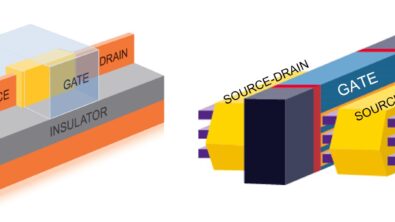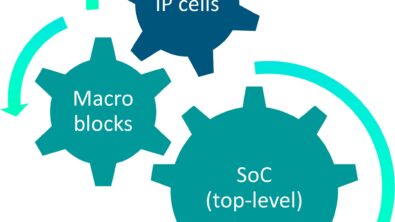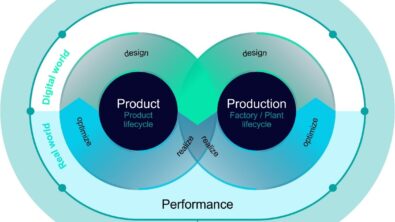Standing on the corner, waiting for my layout to load…
By Dennis Joseph – Mentor, A Siemens Business
Ever had this happen? You start loading your GDS layout and go for coffee. When you get back, it’s still not done loading, so you go for a walk, maybe get lunch… “Is this thing ever going to finish loading? I have work to do!” And it’s not just your wait times. Storage requirements are also increasing, and the tools that have to manage all this data are struggling, too.
 But there is another option, one that’s readily available, accepted at all major foundries, and easy to implement. I’m talking about the Open Artwork System Interchange Standard (OASIS®) file format. The biggest differences between the GDS and OASIS formats are that 1) OASIS represents numerical values with variable byte lengths, while GDS data uses fixed byte lengths, 2) OASIS can recognize complex patterns within a layout and store them as repetitions, instead of as individual instances or geometry objects, and 3) OASIS includes native file compression that does not rely on Gzip. These features make it possible to reduce file sizes by as much as 80% and reduce loading time by as much as 70%. Think that’ll make your work go a little faster?
But there is another option, one that’s readily available, accepted at all major foundries, and easy to implement. I’m talking about the Open Artwork System Interchange Standard (OASIS®) file format. The biggest differences between the GDS and OASIS formats are that 1) OASIS represents numerical values with variable byte lengths, while GDS data uses fixed byte lengths, 2) OASIS can recognize complex patterns within a layout and store them as repetitions, instead of as individual instances or geometry objects, and 3) OASIS includes native file compression that does not rely on Gzip. These features make it possible to reduce file sizes by as much as 80% and reduce loading time by as much as 70%. Think that’ll make your work go a little faster?
To prove it, we ran a number of experiments. You can get the details and see the results in my white paper, Stop waiting for GDS layouts to finish loading—it’s time to switch to the OASIS format, along with tips for making the switch. Of course, if you have questions about the OASIS format, you can always contact your Calibre representative for more information.



